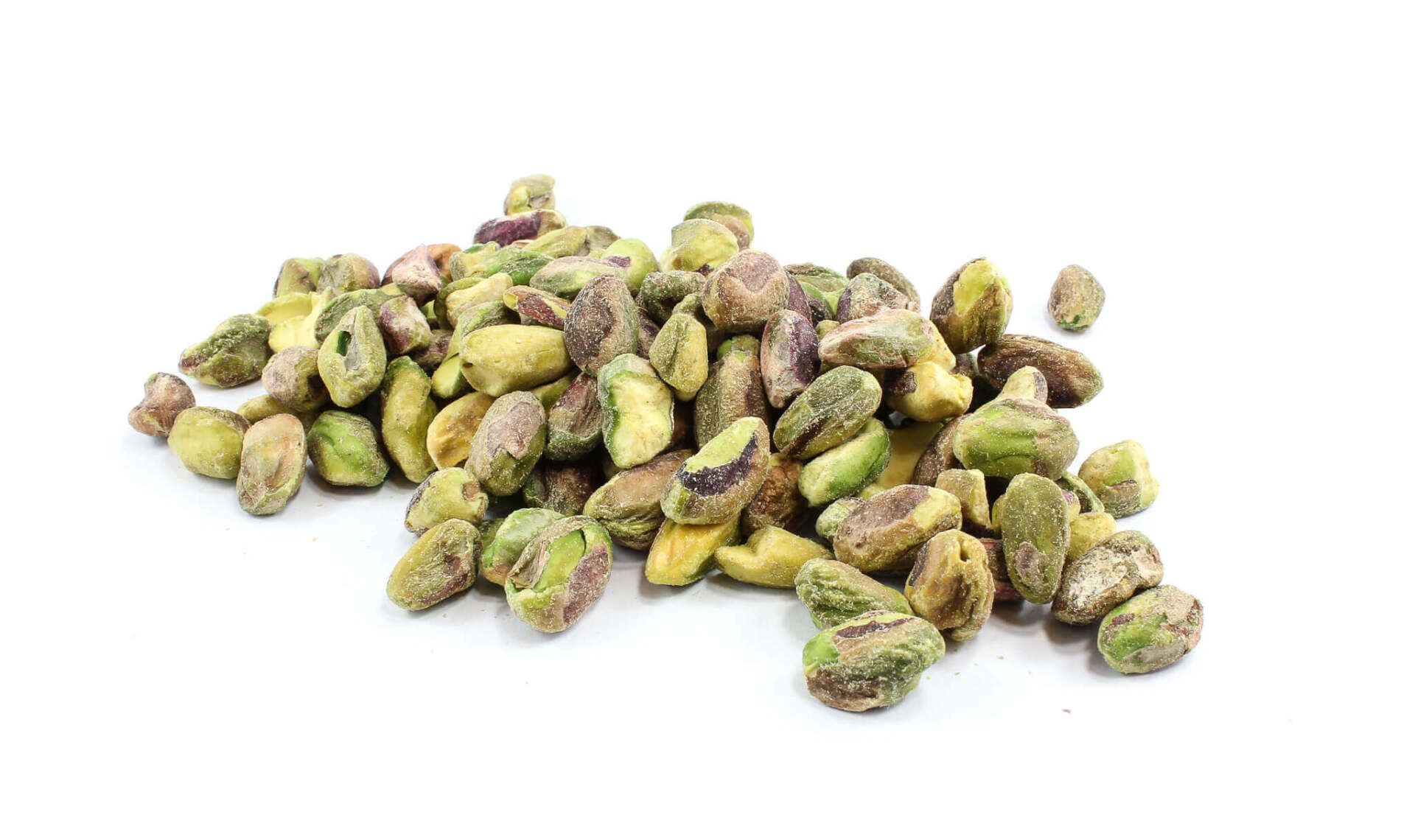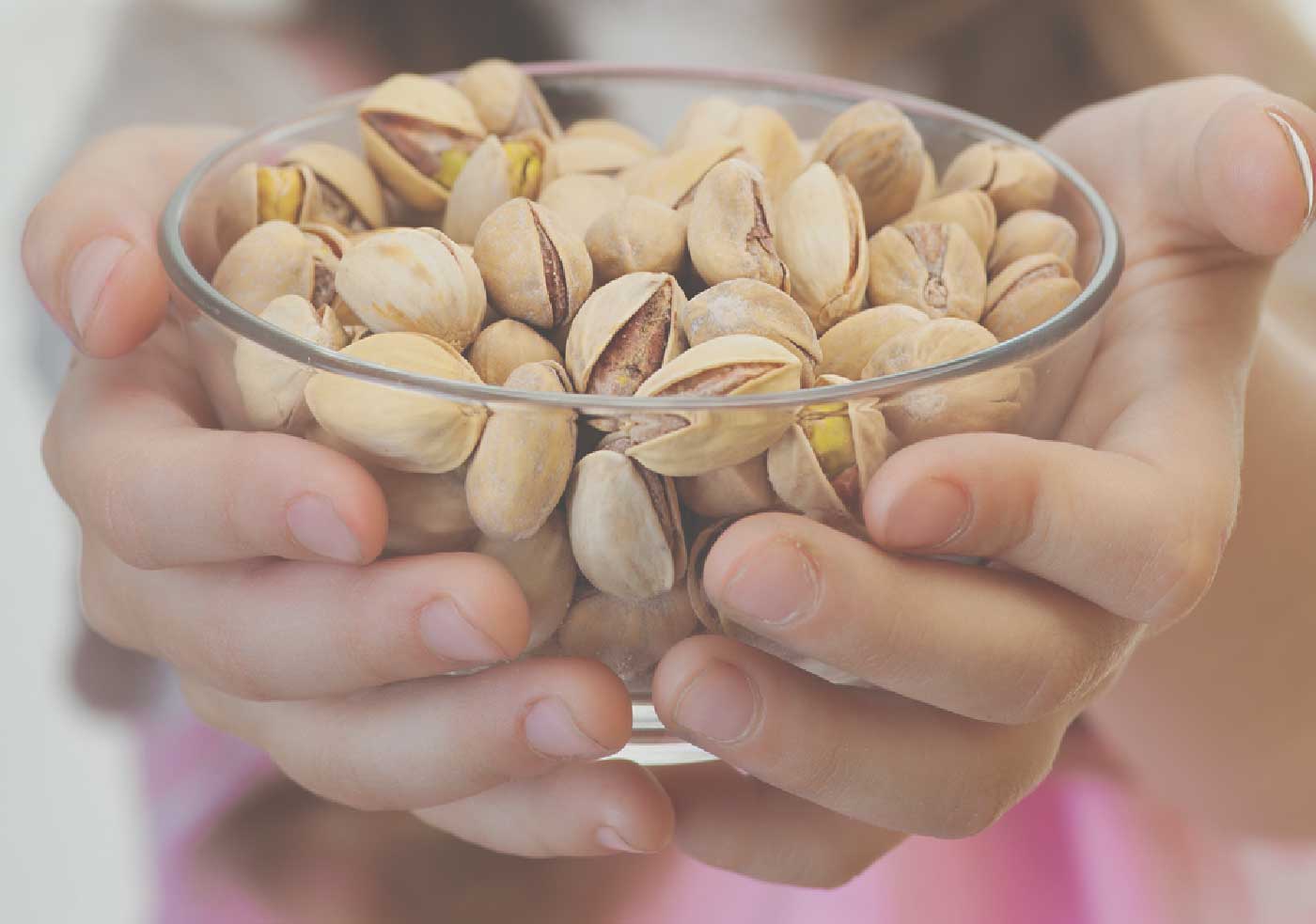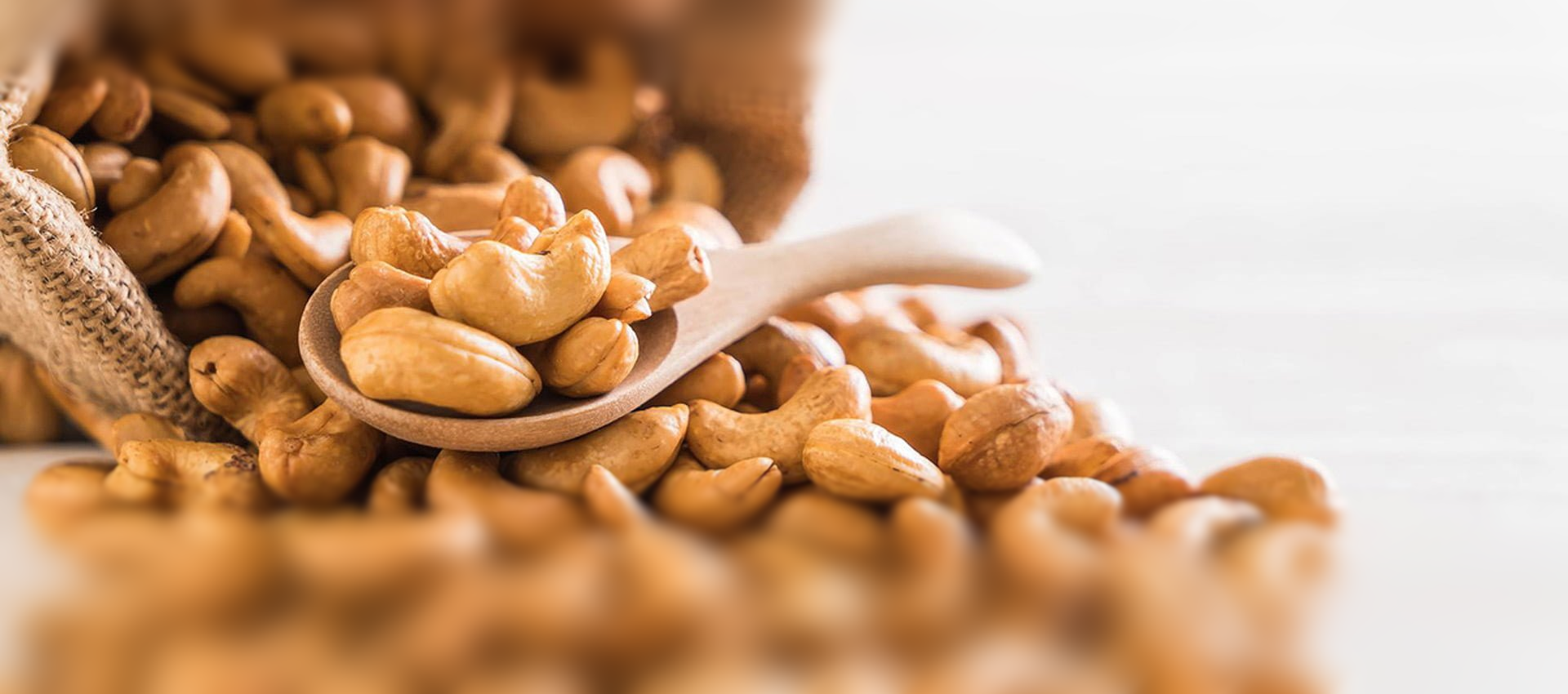7 Ways Hazelnuts Benefit Your Health
The hazelnut, also known as the filbert, is a type of nut that comes from the Corylus tree. It is mostly cultivated in Turkey, Italy, Spain and the United States.
Hazelnuts have a sweet flavor and can be eaten raw, roasted or ground into a paste.
Like other nuts, hazelnuts are rich in nutrients and have a high content of protein, fats, vitamins and minerals. Here are seven evidence-based health benefits of hazelnuts.
1. Full of Nutrients
Hazelnuts have a great nutrient profile. Although they are high in calories, they are loaded with nutrients and healthy fats.
One ounce (28 grams, or about 20 whole kernels) of hazelnuts contains:
- Calories: 176
- Total fat: 17 grams
- Protein: 4.2 grams
- Carbs: 4.7 grams
- Fiber: 2.7 grams
- Vitamin E: 21% of the RDI
- Thiamin: 12% of the RDI
- Magnesium: 12% of the RDI
- Copper: 24% of the RDI
- Manganese: 87% of the RDI
Hazelnuts also contain decent amounts of vitamin B6, folate, phosphorus, potassium and zinc.
Additionally, they are a rich source of mono- and polyunsaturated fats and contain a good amount of omega-6 and omega-9 fatty acids, such as oleic acid
Furthermore, a one-ounce serving provides 2.7 grams of dietary fiber, which accounts for about 11% of the DV.
However, hazelnuts contain phytic acid, which has been shown to impair the absorption of some minerals, like iron and zinc, from the nuts.
SUMMARY
Hazelnuts are a rich source of vitamins and minerals like vitamin E, manganese and copper. Additionally, they have a high content of omega-6 and omega-9 fatty acids.
2. Loaded With Antioxidants
Hazelnuts provide significant amounts of antioxidants.
Antioxidants protect the body from oxidative stress, which can damage cell structure and promote aging, cancer and heart disease.
The most abundant antioxidants in hazelnuts are known as phenolic compounds. They are proven to help decrease blood cholesterol and inflammation. They could also be beneficial for heart health and protecting against cancer.
An 8-week study showed that eating hazelnuts, with or without the skin, significantly decreased oxidative stress compared to not eating hazelnuts, which caused no effects.
The majority of the antioxidants present are concentrated in the skin of the nut. However, this antioxidant content could decrease after the roasting process.
Therefore, it is recommended to consume whole, unroasted kernels with the skin rather than peeled kernels, either roasted or unroasted.
SUMMARY
Hazelnuts are rich in phenolic compounds that have been shown to increase antioxidant protection in the body. It is best to eat hazelnuts whole and unroasted to ensure you get the highest concentration of antioxidants.
3. May Be Good for the Heart
Eating nuts has been shown to protect the heart.
In hazelnuts, the high concentration of antioxidants and healthy fats may increase antioxidant potential and lower cholesterol levels in the blood.
One month-long study observed 21 people with high cholesterol levels who consumed 18–20% of their total daily calorie intake from hazelnuts. The results showed that cholesterol, triglycerides and bad LDL cholesterol levels were reduced.
Participants also experienced improvements to artery health and inflammation markers in the blood.
Moreover, a review of nine studies including over 400 people also saw reductions in bad LDL and total cholesterol levels in those who ate hazelnuts, while good HDL cholesterol and triglycerides remained unchanged.
Other studies have shown similar effects on heart health, with results demonstrating lower blood fat levels and increased vitamin E levels.
Moreover, the high content of fatty acids, dietary fiber, antioxidants, potassium and magnesium in hazelnuts seems to help normalize blood pressure.
In general, eating 29 to 69 grams of hazelnuts per day has been linked to improvements in heart health parameters.
SUMMARY
Hazelnuts may increase oxidative capacity and reduce blood lipid levels, which can help reduce the risk of heart disease. They also seem to help normalize blood pressure.
4. Linked With Lower Rates of Cancer
Hazelnuts’ high concentration of antioxidant compounds, vitamins and minerals could give them some anti-cancer properties.
Among other nuts like pecans and pistachios, hazelnuts have the highest concentration of a category of antioxidant known as proanthocyanidins.
Some test-tube and animal studies have shown that proanthocyanidins may help prevent and treat some types of cancers. It is thought that they protect against oxidative stress.
Additionally, hazelnuts are rich in vitamin E, another powerful antioxidant that has exhibited possible protection against cell damage that could cause or promote cancer.
Similarly, hazelnuts provide a whopping 87% the RDI for manganese in a one-ounce serving (1).
Manganese has shown to help the functions of specific enzymes that could reduce oxidative damage and decrease the risk of cancer.
A couple of test-tube studies showed that hazelnut extract could be beneficial in the treatment of cervical, liver, breast and colon cancer.
Furthermore, an animal study using a product made from hazelnut skin extract resulted in a decreased risk of colon cancer after the eight-week study period.
Since most studies investigating the benefits of hazelnuts against cancer development have been done in test tubes and animals, more studies are needed in humans.
SUMMARY
The high concentration of antioxidant compounds, vitamin E and manganese in hazelnuts may help decrease the risk of certain cancers, though more research is needed.
5. Could Decrease Inflammation
Hazelnuts have been linked to reduced inflammatory markers, thanks to their high concentrations of healthy fats.
One study investigated how eating hazelnuts affected inflammatory markers, such as high-sensitivity C-reactive protein, in 21 people with high cholesterol levels.
The participants experienced significant reductions in inflammation after four weeks of following a diet in which hazelnuts accounted for 18–20% of their total calorie intake.
Moreover, eating 60 grams of hazelnuts every day for 12 weeks helped reduce inflammatory markers in overweight and obese people.
Another study examined how eating hazelnuts affected inflammation. It showed that eating 40 grams of hazelnuts may reduce the inflammatory response in healthy people.
Similarly, 50 people with metabolic syndrome experienced a decrease in inflammation after consuming 30 grams of a combination of raw nuts — 15 grams walnuts, 7.5 grams almonds and 7.5 grams hazelnuts — for 12 weeks, compared to a control group.
However, most studies conclude that eating hazelnuts alone is not enough. In order to reduce inflammation, it is also important to follow a calorie-controlled diet.
SUMMARY
Hazelnuts may help prevent and decrease inflammation due to their high concentrations of healthy fats. Nevertheless, other factors are also important.
6. May Help Lower Blood Sugar Levels
Nuts, like almonds and walnuts, have been shown to help reduce blood sugar levels.
Although not abundant, there is research that hazelnuts may also help reduce blood sugar levels.
One study explored the effect of hazelnuts on fasting blood sugar levels in 48 people with type 2 diabetes. About half consumed hazelnuts as a snack, while the others served as a control group.
After eight weeks, the hazelnut group did not experience significant reductions in fasting blood sugar levels.
However, another study gave a combination of 30 grams of mixed nuts — 15 grams walnuts, 7.5 grams almonds and 7.5 grams hazelnuts — to 50 people with metabolic syndrome.
After 12 weeks, the results showed a significant reduction in fasting insulin levels.
Additionally, oleic acid, which is the main fatty acid in hazelnuts, has been shown to have beneficial effects on insulin sensitivity.
A two-month study showed that a diet rich in oleic acid significantly reduced fasting blood sugar and insulin levels, while increasing insulin sensitivity, in 11 people with type 2 diabetes.
It seems that a diet rich in nuts, including hazelnuts, could help lower your blood sugar and increase insulin sensitivity.
SUMMARY
Hazelnuts contain several compounds that may help lower blood sugar levels. However, the evidence is limited and their potential benefits need to be studied further.
7. Easy to Add to Your Diet
Hazelnuts can be incorporated into the diet as a healthy snack or as an ingredient in many dishes.
You can purchase and enjoy them raw, roasted, whole, sliced or ground. Interestingly enough, it seems that people prefer sliced and whole hazelnuts rather than ground ones.
While the highest concentration of antioxidants is in the skin, some recipes require you to remove the skin. This can be done by baking the kernels in the oven for about 10 minutes, which makes the skins easy to then peel.
Peeled hazelnuts can be ground to make flour for baking or to make hazelnut butter, a nutritious spread.
Moreover, hazelnuts can also be coated with chocolate or spices, like cinnamon or cayenne, for a sweet or spicy treat.
They also make a great complement to cakes or topping for ice creams and other desserts.
SUMMARY
Hazelnuts can be found whole, sliced, ground, raw or roasted. They are commonly eaten as a snack or added to baked goods and other dishes. It’s best to eat them with the skin on.
The Last Word
Hazelnuts are packed with nutrients, including vitamins, minerals, antioxidant compounds and healthy fats.
They may also have health benefits, including helping decrease blood fat levels, regulating blood pressure, reducing inflammation and improving blood sugar levels, among others.
On the downside, just like other nuts, hazelnuts may cause allergic reactions in some people.
All in all, hazelnuts are an excellent and delicious source of nutrients that can be easily incorporated into your diet.











